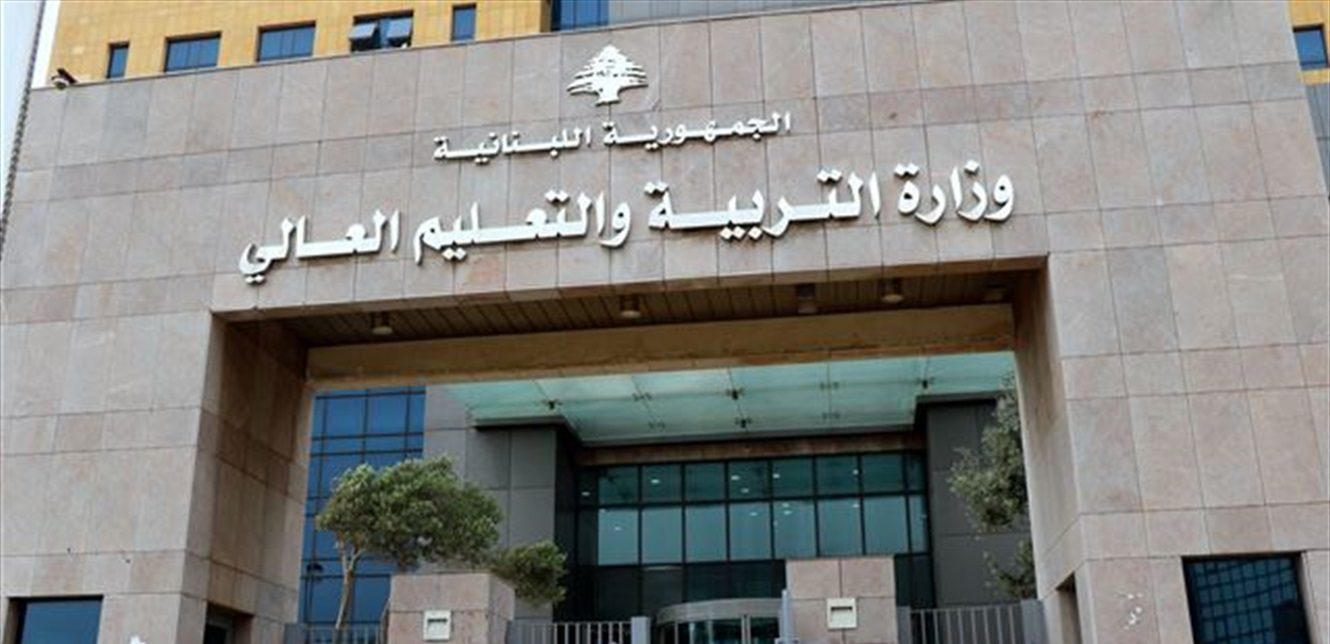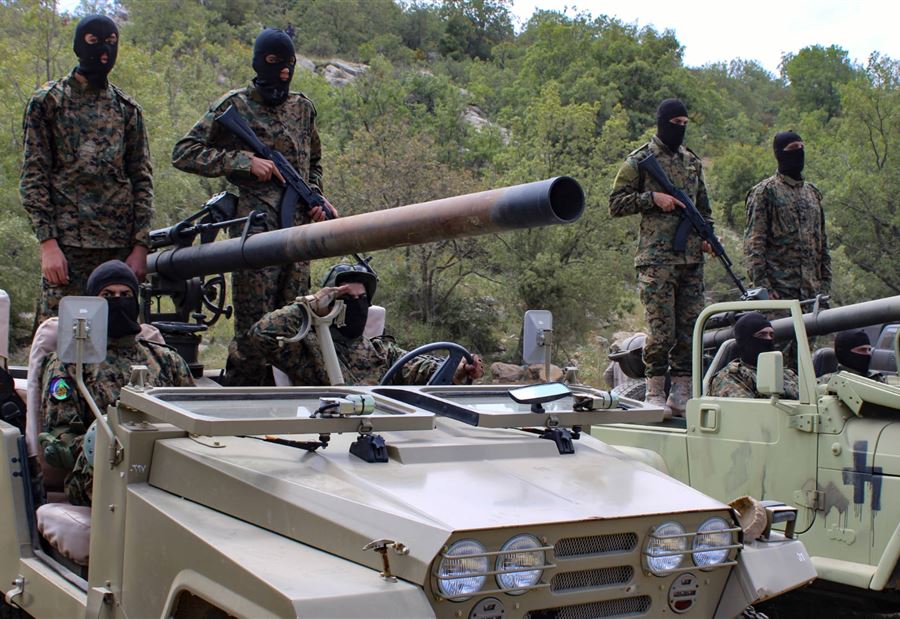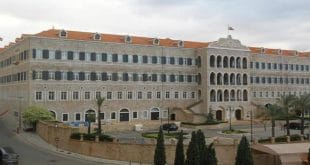طاقة التعليم وقدرة لبنان على التحمل
تجاوز عدد النازحين اللبنانيين مليون و200 ألف شخص، حيث غادروا من الجنوب والضاحية الجنوبية لبيروت والبقاع إلى مناطق أكثر أمانًا، نتيجة للحرب الإسرائيلية التدميرية التي تلاحق جميع المناطق اللبنانية. من بين هؤلاء النازحين، يوجد حوالي 400 ألف تلميذ وطالب من المدارس الرسمية والخاصة والجامعة اللبنانية، مما أدى إلى خروجهم من التعليم. تعمل وزارة التربية على إعادة إدماجهم في المدارس من خلال التعليم عن بُعد، بعد أن أنهت جمع البيانات واستكملت عملية التسجيل إلكترونيًا. ومع ذلك، لا تزال العقبات قائمة أمام استئناف النظام التعليمي بشكل كامل، على الرغم من أن التعليم الخاص قد استأنف الدروس حضورياً وعبر الإنترنت.
أصبح قدرة النظام التعليمي على الصمود أو حتى الاستمرار مصدر قلق للقائمين على قطاع التربية، نظرًا للضغوط الكبيرة التي يتعرض لها. الأخطر من ذلك، أن تداعيات الحرب على النظام التعليمي، سواء المدرسي أو الجامعي، تؤثر على جميع مكوناته. إذا كانت قدرة التعليم على التحمل مرتبطة بقدرة لبنان على مواجهة أكبر أزمة في تاريخه، حيث الكلفة مرتفعة على كافة القطاعات، فإن الأعباء على قطاع التربية ستنتج عنها نتائج كارثية إذا لم تُعتبر الأولوية إلى جانب الغذاء والصحة والحماية. سقوط العام الدراسي لن يكون من السهل تعويضه، وسيكون التأثير واسع النطاق وليس مقتصرًا على النازحين فقط.
يحتاج التعليم والجامعات إلى الدعم والرعاية، ليس فقط من الدولة المفلسة التي لا تستطيع الاستجابة للاحتياجات، بل أيضًا بشكل أساسي من الجهات المانحة والدول التي تقدم المساعدات خلال الأزمات، والتمويل. تشير التقارير الإحصائية إلى أن قطاع التربية يحتاج في الأزمة الحالية إلى نحو 25 مليون دولار لتوفير التعليم في ظل الظروف القاسية للحرب والنزوح، لكن لم يتم تأمين أي مبالغ له ضمن بيانات الاحتياجات الرسمية. بالمقابل، حصلت القطاعات الأخرى على أكثر من 450 مليون دولار كمساعدات دولية وعربية منذ بدء العدوان الإسرائيلي، على الرغم من مناشدة وزارة التربية المساعدة خلال لقاء موسع مع ممثلي الجهات المانحة.
تسعى وزارة التربية إلى هيكلة التعليم في مراكز الإيواء وخارجها، انطلاقًا من مبدأ الحفاظ على استمرارية التعليم، حتى ولو بالحد الأدنى. لكن تبقى المشكلة في تنظيم هذه المراكز باعتبارها مؤقتة، وضمان حماية الطلاب من خطر التسرب. لا يمكن قبول تحويل المباني المدرسية إلى مراكز دائمة للإيواء، خصوصًا أن غالبية النازحين ينتمون لطائفة واحدة، مما يفاقم الوضع ويزيد من الأعباء. وقد يؤدي هذا الوضع إلى كارثة لا تستطيع التربية أو لبنان ككل تحملها. وهذا يتطلب مقاربة مختلفة للخروج من هذه الأزمة.
المصدر: إبراهيم حيدر – النهار
The Resilience of Education and Lebanon's Capacity to Endure
Over 1.2 million Lebanese have been displaced from the south, southern suburbs of Beirut, and Baalbek to safer areas due to the destructive Israeli war affecting all of Lebanon. Among the displaced are approximately 400,000 students from public and private schools and the Lebanese University who have fallen out of the education system. The Ministry of Education is working to reintegrate them into schools through distance learning after completing data collection and electronic registration. However, challenges remain in fully resuming the educational system, despite private education resuming in-person and online classes.
The capacity of the educational system to withstand or even continue has become a pressing concern for those overseeing the education sector, given the immense pressures it faces. The most alarming aspect is that the repercussions of the war on both school and university education are affecting all its components. While the educational system's endurance is linked to Lebanon's capacity to confront its gravest crisis in history—where the costs are high across all sectors—the burdens on education will result in catastrophic outcomes if it is not prioritized alongside food, health, and protection. The fall of the academic year will not be easy to compensate for, and its impact will be widespread, not limited to the displaced.
Education and universities require support and nurturing, not just from a bankrupt state incapable of addressing needs, but fundamentally from donor organizations and countries that provide assistance during crises and funding. Statistical reports indicate that the education sector needs around $25 million in the current crisis to ensure educational continuity amidst the ongoing war and displacement. However, no funds have been secured for this need within the official needs data, while other sectors have received over $450 million in international and Arab aid since the escalation of the Israeli aggression, despite the Ministry of Education's appeals for assistance during a broad meeting with donor representatives.
The Ministry of Education is attempting to structure education within shelters and beyond, starting from the principle of keeping teaching alive, even at a minimal level. However, the issue remains in organizing these centers as temporary spaces and protecting students from the risk of dropout. It is unacceptable for school buildings to become permanent shelters, especially since the majority of the displaced belong to a single sect, exacerbating the situation and increasing burdens. This could lead to a disaster that neither the education sector nor Lebanon as a whole can bear. This requires a different approach to emerge from this crisis.
Translated by economyscopes team
 سكوبات عالمية إقتصادية – EconomyScopes إجعل موقعنا خيارك ومصدرك الأنسب للأخبار الإقتصادية المحلية والعربية والعالمية على أنواعها بالإضافة الى نشر مجموعة لا بأس بها من فرص العمل في لبنان والشرق الأوسط والعالم
سكوبات عالمية إقتصادية – EconomyScopes إجعل موقعنا خيارك ومصدرك الأنسب للأخبار الإقتصادية المحلية والعربية والعالمية على أنواعها بالإضافة الى نشر مجموعة لا بأس بها من فرص العمل في لبنان والشرق الأوسط والعالم




